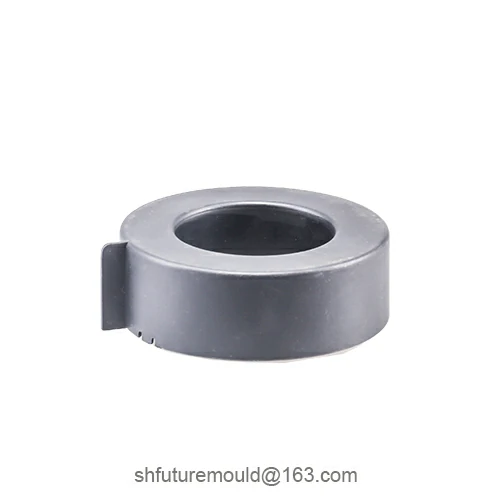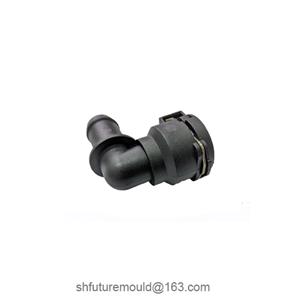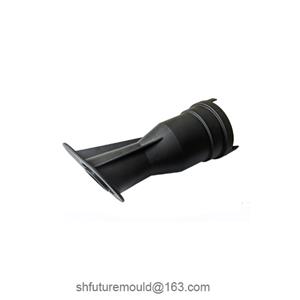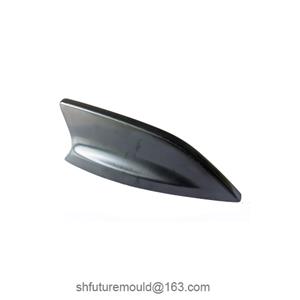Common Issues in Plastic Gear Injection Molding
During plastic gear injection molding, various problems can arise due to factors such as material selection, mold design, process parameters, and equipment performance. Below are some of the most common issues and their corresponding solutions:
1. Dimensional Deviations
Symptoms: Gear dimensions deviate from design requirements, leading to poor meshing or assembly failure.
Causes:
Inadequate control of material shrinkage.
Insufficient consideration of dimensional compensation in mold design.
Improper settings of process parameters (e.g., holding time, cooling time).
Solutions:
Adjust mold dimensions based on material properties, accounting for shrinkage compensation.
Optimize process parameters to ensure adequate and uniform cooling.
Use low-moisture-absorption materials to minimize environmental effects on dimensions.
2. Warping and Deformation
Symptoms: Uneven gear surfaces, skewed teeth, or localized deformation.
Causes:
Uneven mold cooling.
Insufficient injection pressure or holding time causes uneven internal stress distribution.
Poor material flow leads to incomplete filling.
Solutions:
Optimize the mold cooling system design to ensure uniform temperature distribution.
Adjust injection pressure and holding time to reduce internal stress.
Use materials with better flow properties to improve filling.
3. Surface Defects on Gears
Symptoms: Surface issues such as bubbles, burn marks, silver streaks, or sink marks.
Causes:
High moisture content in raw materials.
Injection molding machine temperature set too high or too low.
Improper gate position or design.
Solutions:
Thoroughly dry the material before injection molding.
Optimize temperature settings based on material properties.
Modify gate positions or designs to improve material flow paths.
4. Inadequate Gear Tooth Precision
Symptoms: Errors in gear teeth causing jamming, noise, or poor meshing during operation.
Causes:
Low mold manufacturing accuracy.
Large fluctuations in injection molding process parameters.
Unsuitable material selection, resulting in poor dimensional stability after molding.
Solutions:
Improve mold machining accuracy.
Use high-precision injection molding machines, optimize process parameters, and minimize fluctuations.
Select materials with good dimensional stability (e.g., POM, PBT).
5. Insufficient Gear Strength
Symptoms: Gears break or wear out prematurely during use.
Causes:
Inadequate material strength or improper material selection.
Internal stress is generated during molding.
The stress concentration caused by mold design.
Solutions:
Choose materials with high strength and wear resistance (e.g., reinforced nylon, POM).
Apply annealing treatment to release internal stress in the material.
Optimize mold design to reduce stress concentration areas.




